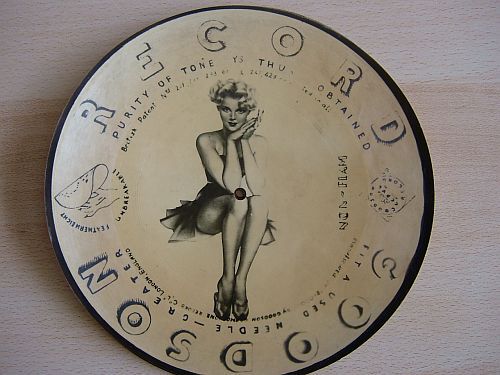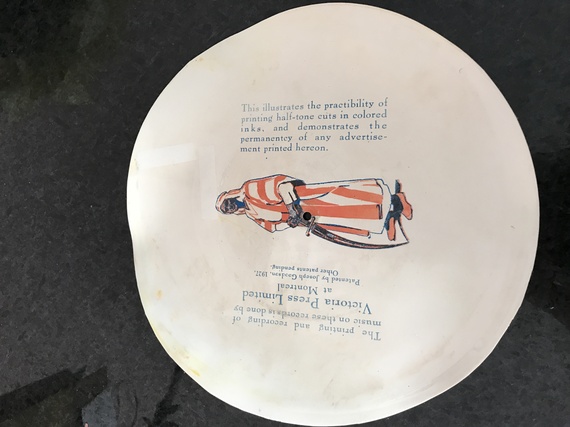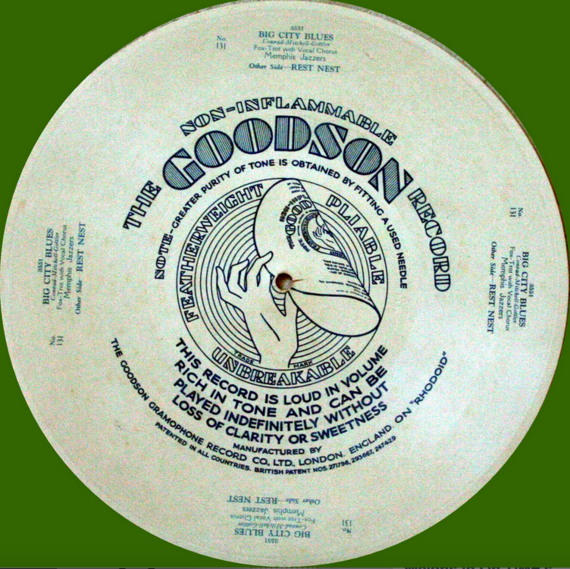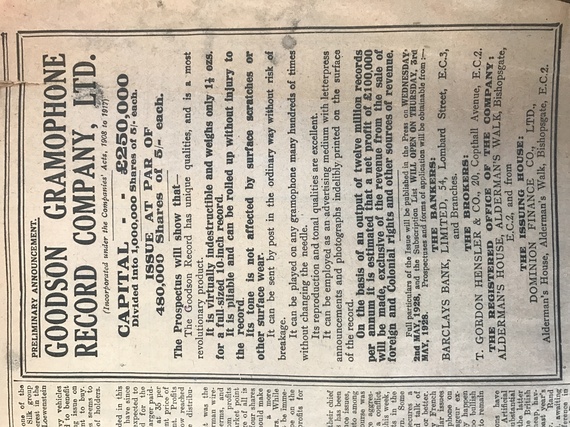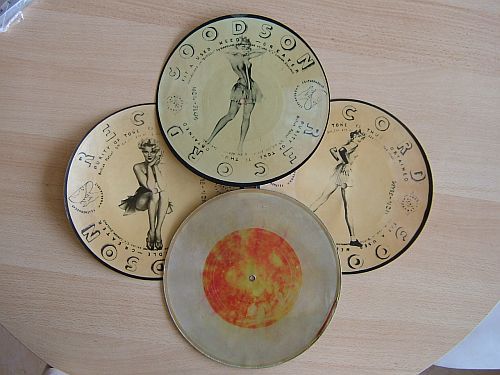Listening to music on my Sonos connected via Bluetooth to my smart phone is easy to use and enjoyable. On a recent visit to Urban Outfitters I was presently surprised to see for the holidays, a selection of analog record players at the center of the store for today's refined music listener. Another nod to this new trend for the younger crowd tiring of digital music players: the Ben Stiller movie 'While We Were Young."
The analog record is back, but where did it start? Not the recent trend. The original flat analog record? Something worth digging into while we have a little extra holiday time on our hands.
Over the course of music history, innovation did much to spread the sounds of the times and flat analog records were one of the big breakthrough. As Kenny Herzog pointed our in Rolling Stone Magazine: We've come a long way in capturing and reproducing sound, and in many ways, the journey has been a poetic and literal full circle. From Thomas Edison's first experiments with waveform-engraved cylinders to the rotating dials of our iPods − and every touchstone devoted to preserving composition and performance since and after.
Back in the late 1880s the first phonograph cylinders, the things that looked like toilet paper rolls, started showing up in new machines in salons across Europe and the Americas. By the 1920s it was replaced by the flat gramophone record (phonograph record), commonly known as an analog record, a movement ignited by the technological breakthrough of the Victor Orthophonic Victrola Phonograph (1925). As Herzog points out, Victrolas set the precedent that fidelity rules above all, even if the equipment weighs a ton.
At the same time two creators launched one of the first flat record companies, known as the Goodson Record Company. The Goodson record company, founded in London and Montreal was one of the first record companies to adopt a flat plastic record instead of the cylindrical format. And they were flexible, meaning they could be bent with our forefinger and your thumb. As a new technology they were sold with music on the record but paid for primarily as an advertising vehicle for brands and products trying to reach a broader audience.
The GOODSON GRAMOPHONE RECORD CO. LTD, produced commercial recordings from the mid 1920s until the early 1930s. One of the characteristic features of these white flexible records, now collectors items on eBay, is the non-flammable material called Rhodoid was without a separate paper label around the hole like later records would have, but one important feature for the successful growth of the Goodson Record was its complete surface could be used for printed advertising messages.
Goodson Record Company, was founded by Jack Goodson in London England and his younger brother Joseph Goodson in Montreal, Canada. They sold their 9.5 inch records across Europe, the United States and Canada as well as smaller records with music and nursery rhymes for children. Remarkably they ended up across the globe. For example, according to this source, recently a find of rare records were discovered in Sevastopol (Ukraine). These flexible records seem to be rare Goodson Records. Instead of advertising emblazoned on the surfaces we see 1920s flapper women, all the rage at the time for the urban movers and shakers. The records have some real Goodson Records details like the trademark, the hand with the bended record expressing the fact that it was unbreakable, and the brand name GOODSON RECORDS, and also NON-FLAME.

